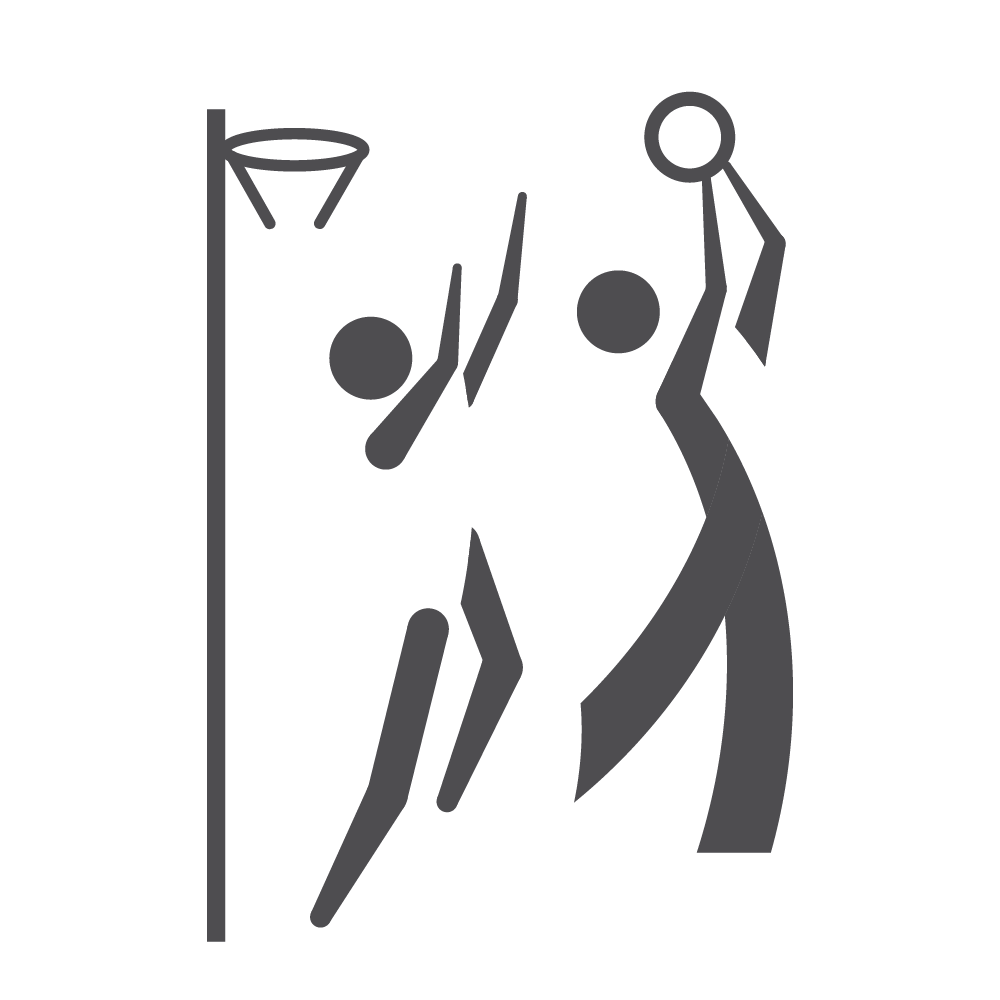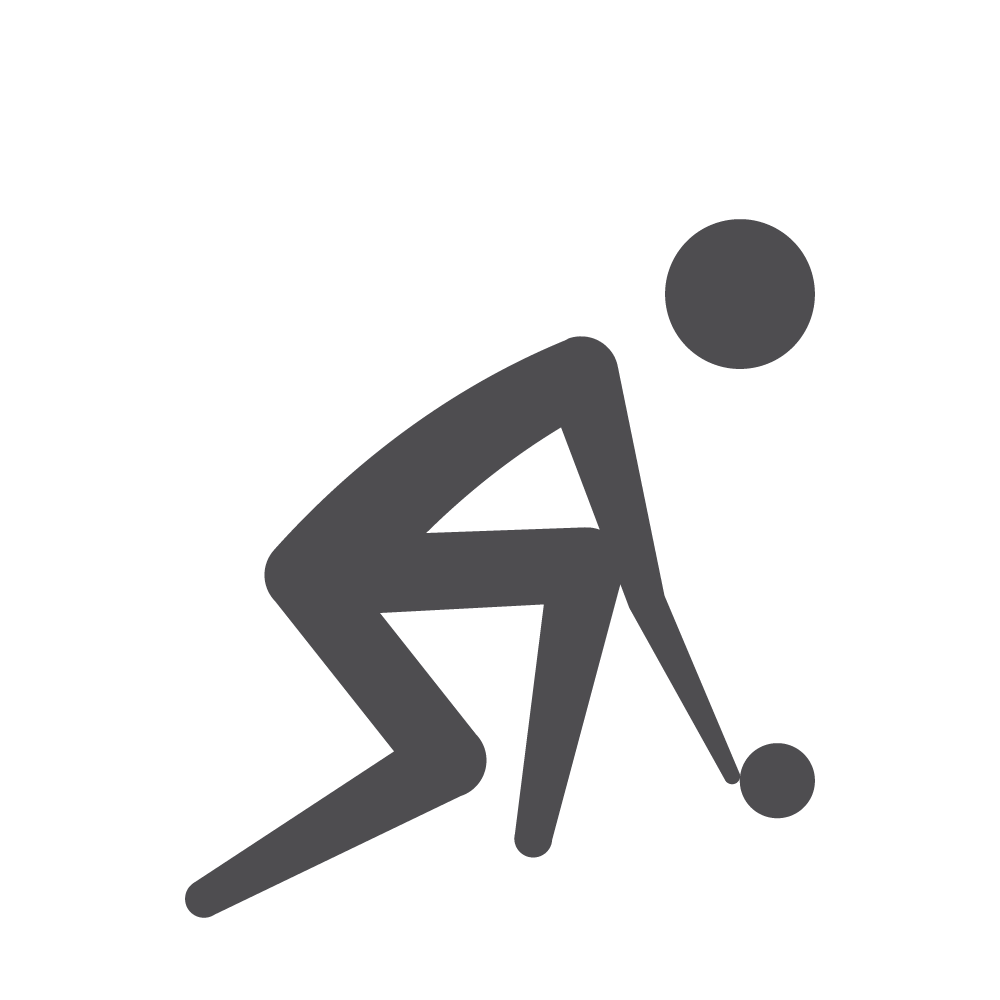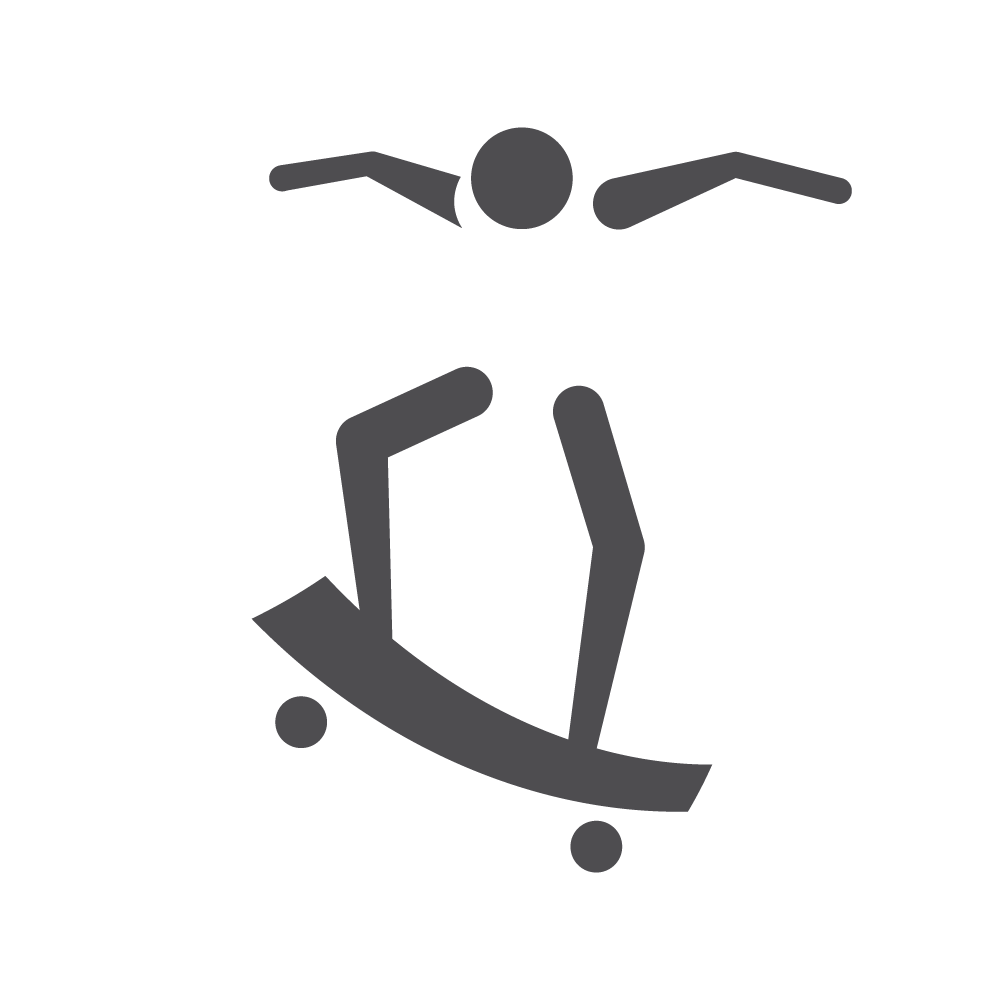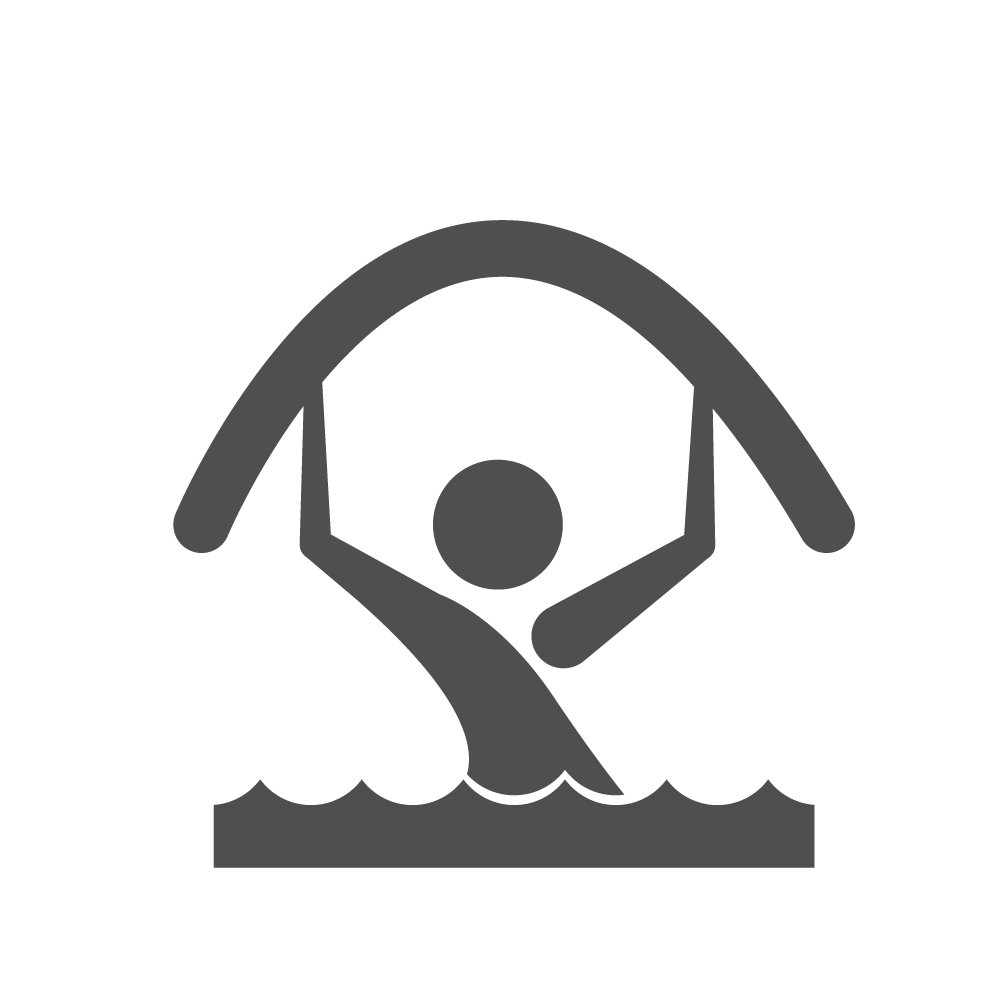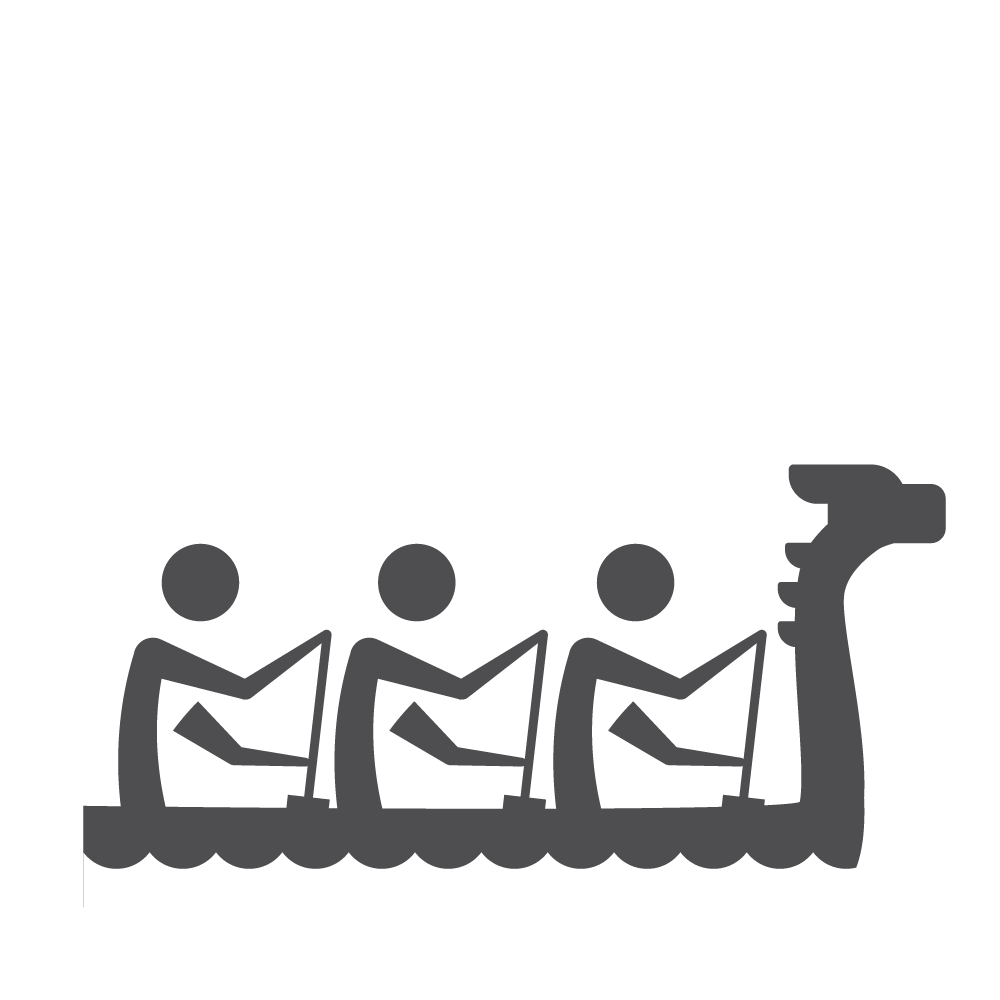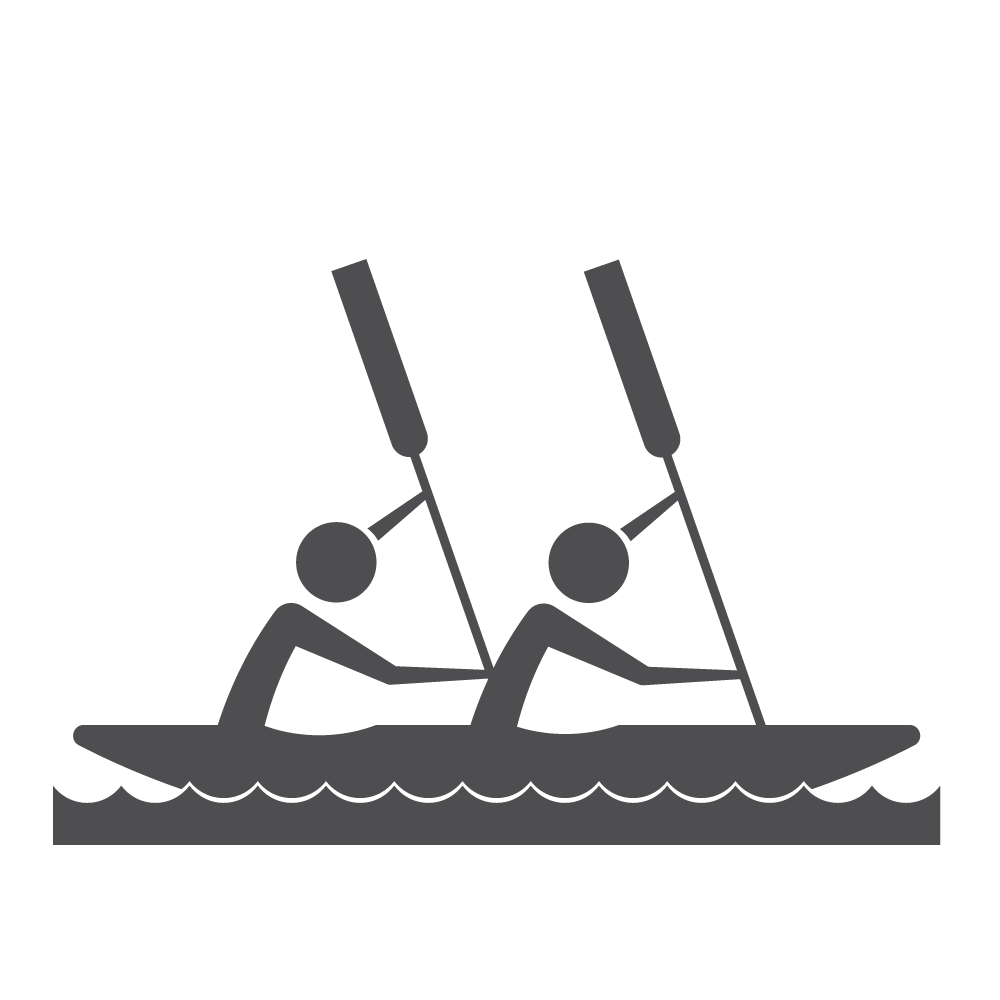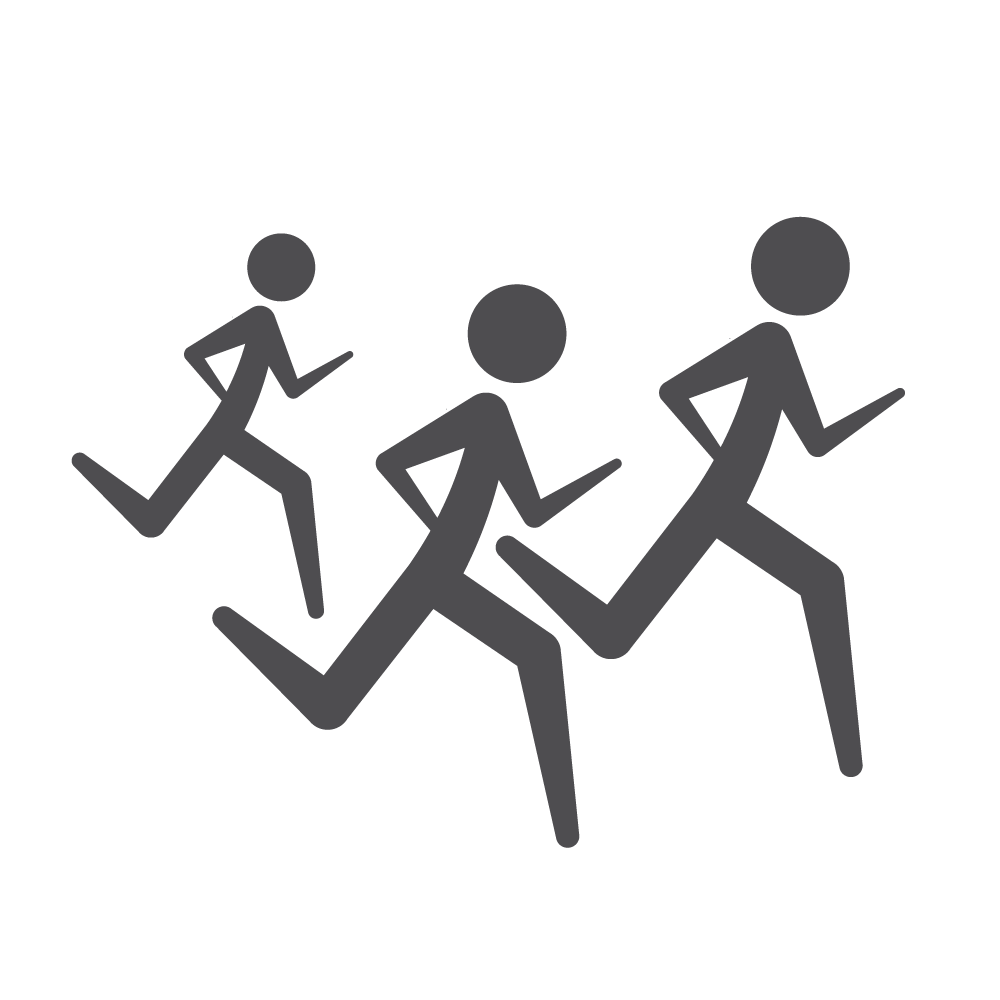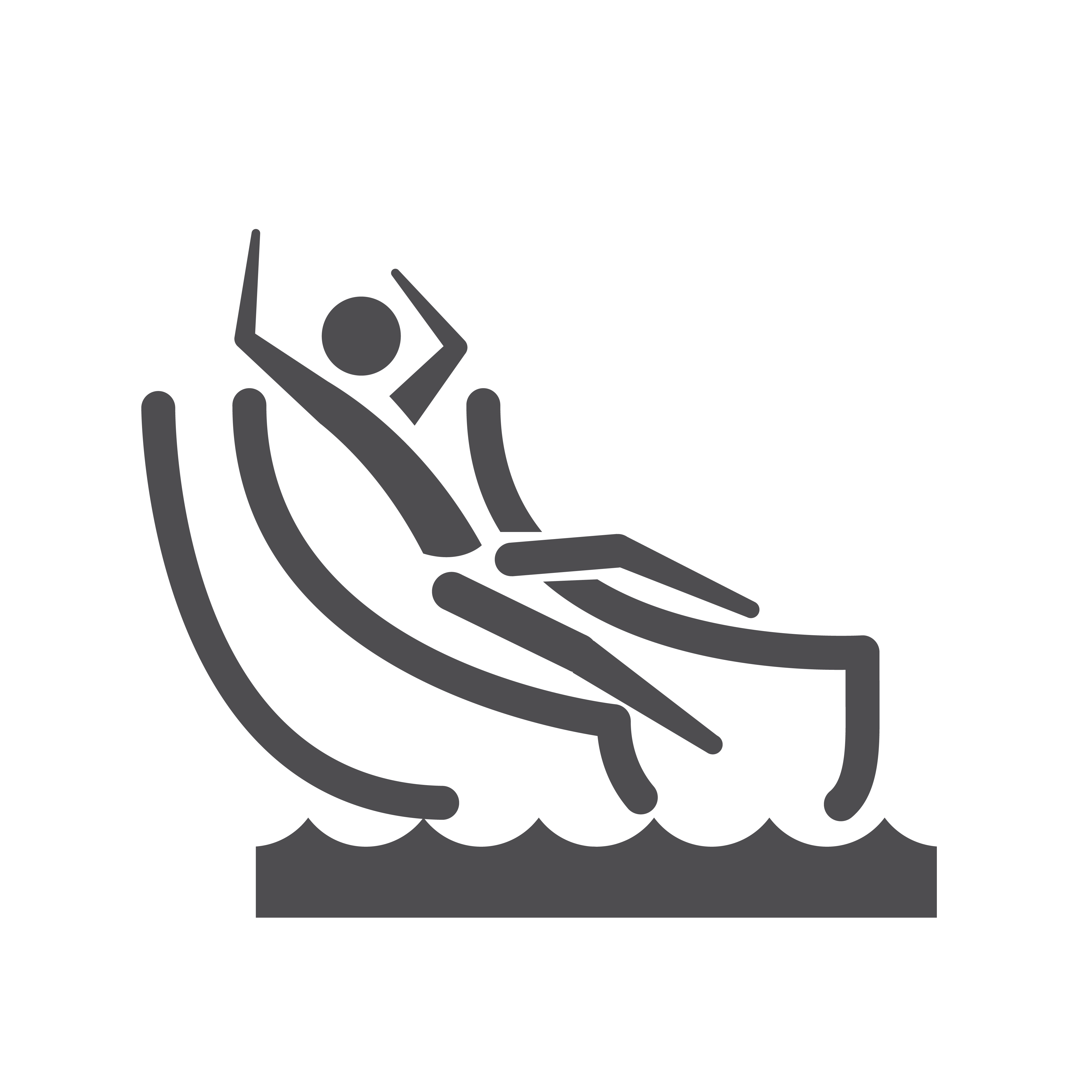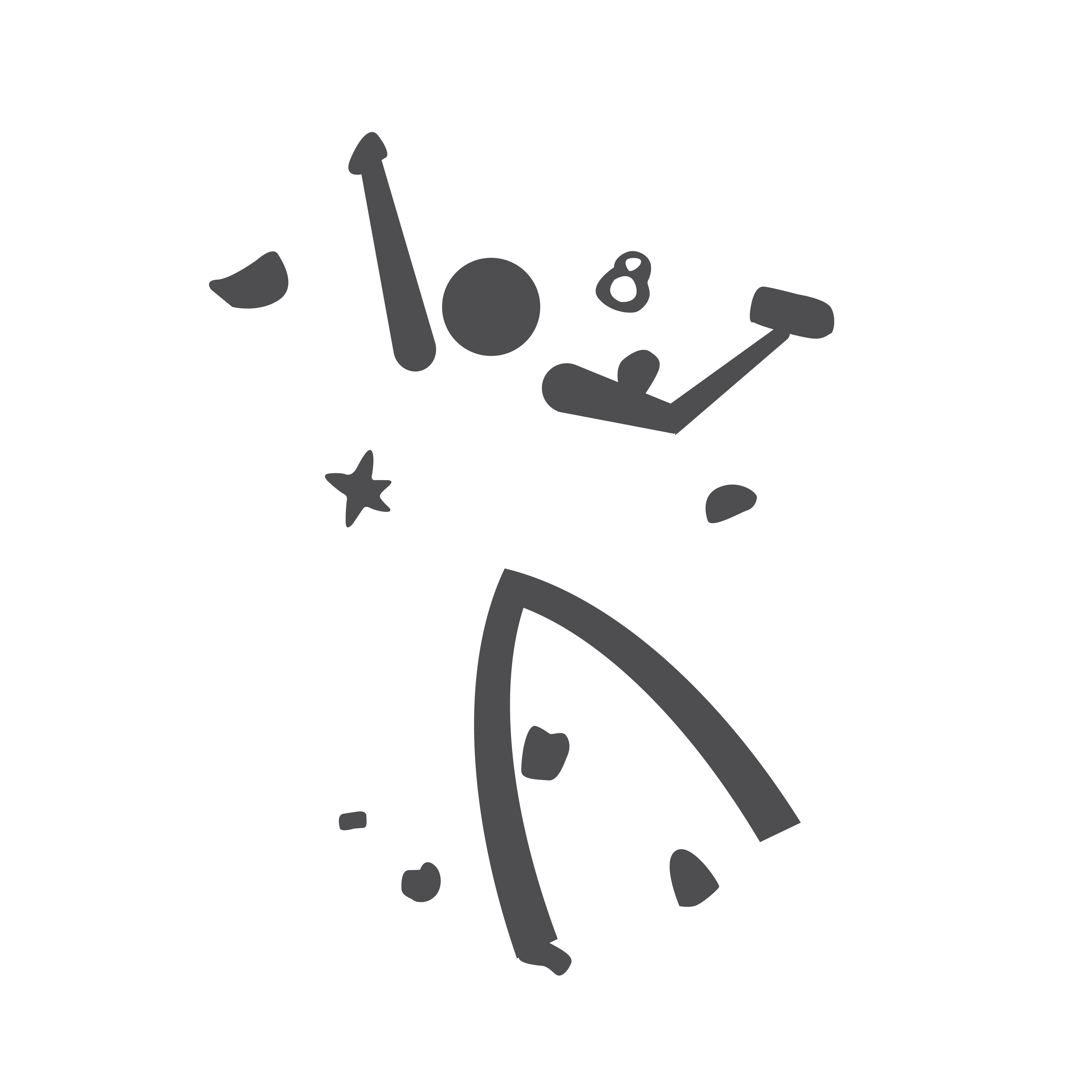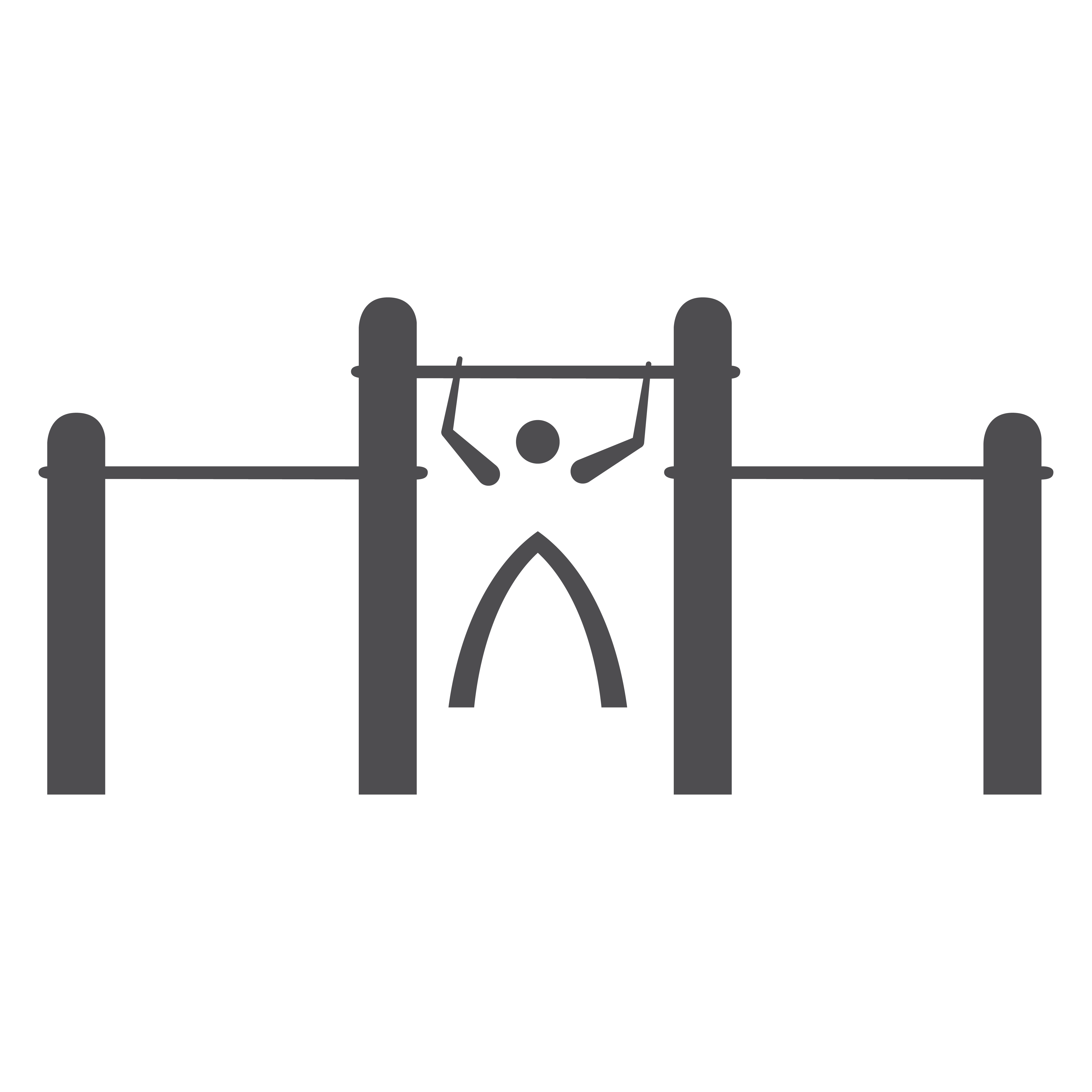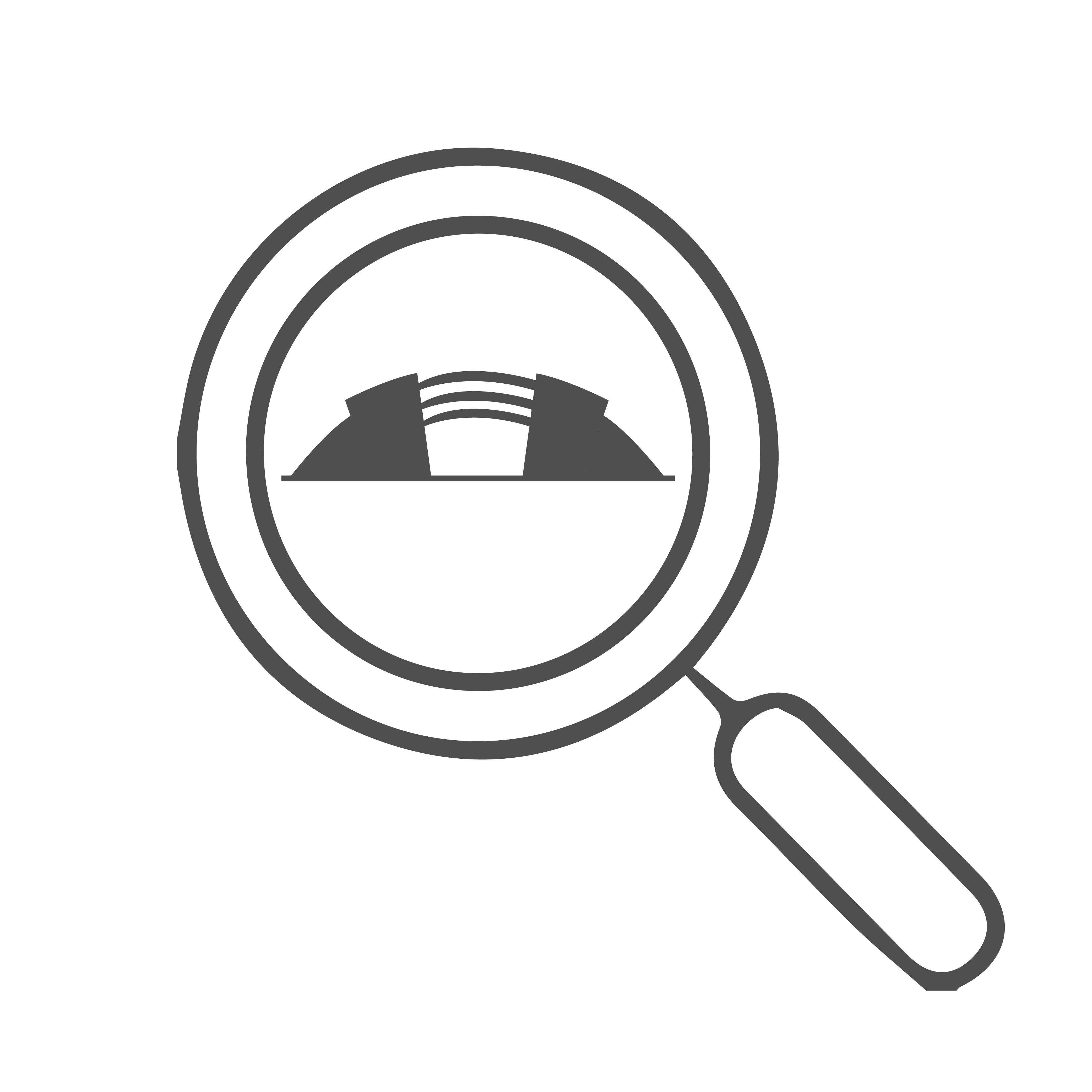Shimano Cycling World conducts regular basic bicycle maintenance workshops.Photo courtesy of Shimano Cycling World.
(Photos by Shutterstock, unless otherwise stated)
Cycling has taken on in a big way in Singapore. For some, it was a discovery borne of COVID-19 pandemic restrictions. For others, the enhanced network of cycling paths and park connectors helped. Whichever the case, more Singaporeans than ever are investing in their own two wheelers.
As a first-time bicycle owner, you’ll want to make your shiny buy last. This is where regular maintenance can really make a difference. “Dropped chain and corroding parts are no fun! Maintaining your bike regularly prevents future costly repairs and ensures the longevity of your bike,” says Vivien Sim from Shimano Cycling World. The cycling expert shares with Here to Play the best ways to go about looking after your ride.
FRAME

Give a good wipe down
- Regular exposure to the elements — rain, humidity and intense sunlight — can lead to corrosion, impacting both the look and functionality of the bike. Clean your bicycle once a week. No fancy cleaning kit required — a bucket of warm soapy water (use mild soap), a sponge, old rags and a brush or old toothbrush should suffice.
- After the wet cleaning, wipe down the frame with a clean dry rag to prevent rusting. At this point, it is a good idea to take out your tools and make sure all parts and accessories are firmly bolted.
- For an even more preventative approach, wipe off the dust and dirt with a dry cloth after every ride. Use a brush to remove stubborn bits.
TYRES

Remove dirt
- Ensure that grooves (treads) of the tyre are free of debris that may puncture the inner tube over time. Use a bucket of soapy water and a brush to scrub off caked dirt. Do this every week, or after a particularly rough ride through sand, mud or in the rain. “If your bicycle comes with disc brakes, avoid soap residue on the rotors and brake pads,” says Vivien. She also warns against using a high-pressure hose for this cleaning process, as the spraying may damage the bicycle bearings.
Check and true
- After cleaning and letting the tyres dry, spin the wheels to see if they are wobbly or misaligned. Hint: If the wheel is brushing against the brakes, it’s not straight. Bring it to a repair shop to true the wheel if you have no experience doing it. Wheel truing is the process of changing the tension of spokes to improve the straightness and roundness — or trueness — of a wheel.
Firmly secure the quick release skewers
- It’s common for first-time bicycle owners to forget to lock the quick release skewers. A quick release skewer is a mechanism for attaching a wheel to a bicycle. “These components have an open and closed lever position. After tightening the opposing nut, some cyclists often neglect to lock the quick release lever into the closed position,” Vivien shares. “When locking, always ensure that it’s pressed tightly enough such that it leaves a slight imprint in your palm.”
Inflate properly
- You’ll go nowhere far with poorly-inflated tyres. After every few rides, give them a good press to make sure they are firm. If they feel soft, top up the air with a pump.
- For the optimal pressure, look on the side of your tyre for a number followed by the letters “PSI”. That tells you how much air to put in using the pump gauge. “Always stay within the recommended PSI range for your bicycle tyre,” advises Vivien. “Low air pressure can damage the rim, while higher-than-recommended air pressure can strain the tyre.”
SADDLE (SEAT)

Keep free of grime
- While most clean the top of the saddle, it is important to take care of the underside as well, including the saddle rails. Use water and a cloth or brush to remove dirt, and immediately wipe with a dry rag to prevent rust. Clean any crevice where built-up dirt and grime can affect its structure.
- If you have a leather seat, you might want to add a leather conditioner to further protect it from the elements.
DRIVE CHAIN

Clean and oi
- The drive chain is the most important part to clean because its structure is prone to grime accumulation and when that happens, would impact your pedalling efficiency. While it may seem complicated, keeping the drive chain clean is straightforward — you’ll need some old rags, a brush, degreaser, a chain cleaner and lubricant. “Stay away from alkali or acid-based solvents (such as rust cleaners)”, says Vivien, “as they might break the chain”.
- First, wipe off excess debris with a rag. If you’re a frequent rider, Vivien suggests doing this once a month. “If your chain doesn’t have too much grime, simply apply the degreaser and clean the chain with a brush,” she says. “However, if your chain still looks dirty, you may use a chain cleaner — fill it with degreaser, snap on the chain and rotate the pedal.”
- After the degreaser has dried, carefully apply drops of lubricant onto each link on the chain. Dry lubricants are designed for riding in dry conditions. However, they wash off easily by rain and water. Wet lubricants are designed for riding in wet, muddy conditions, but they tend to attract more dirt and grime. Choose the lubricant that matches your riding terrain.
Learn more bike maintenance tips at Shimano Cycling World.




